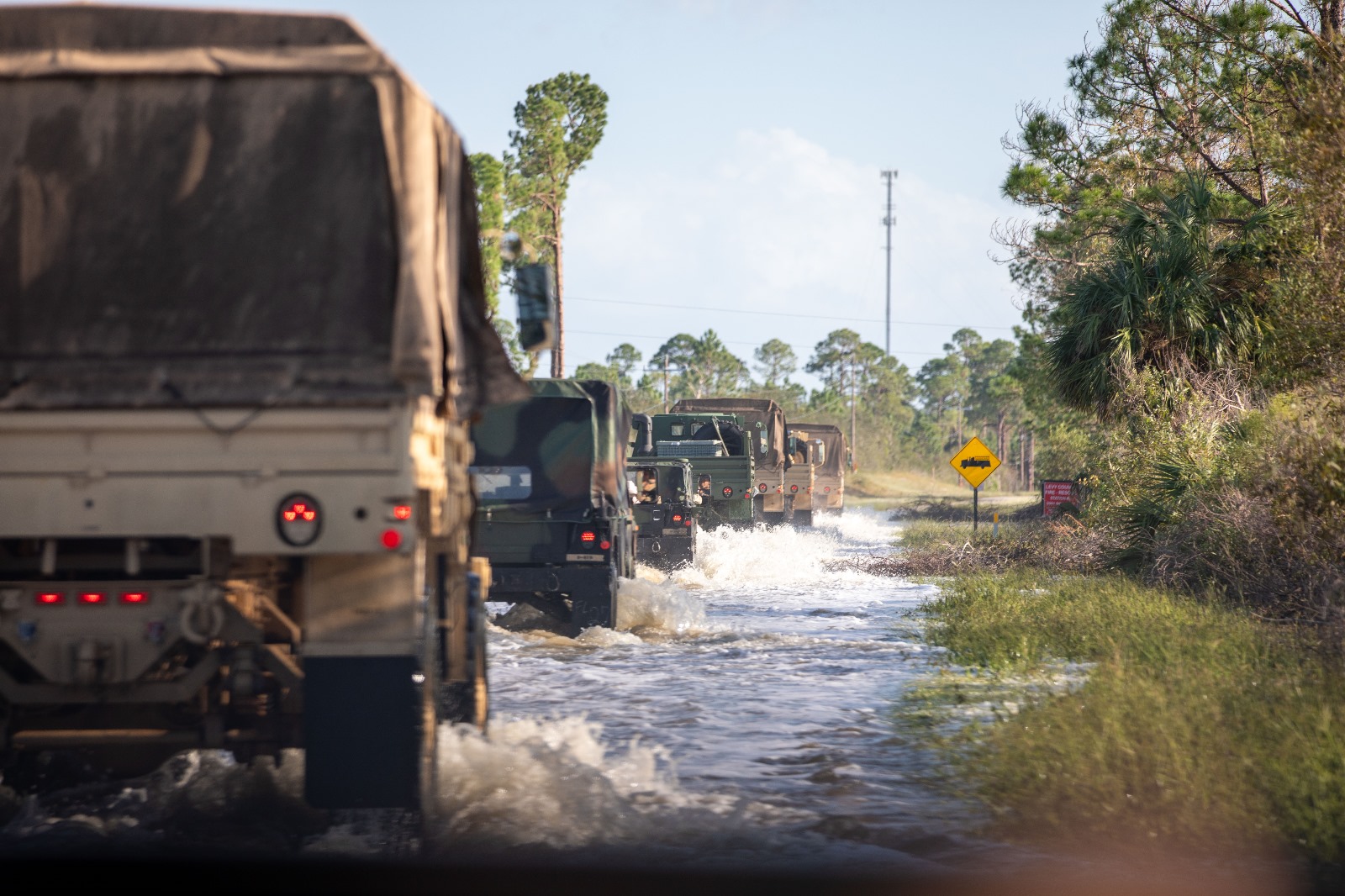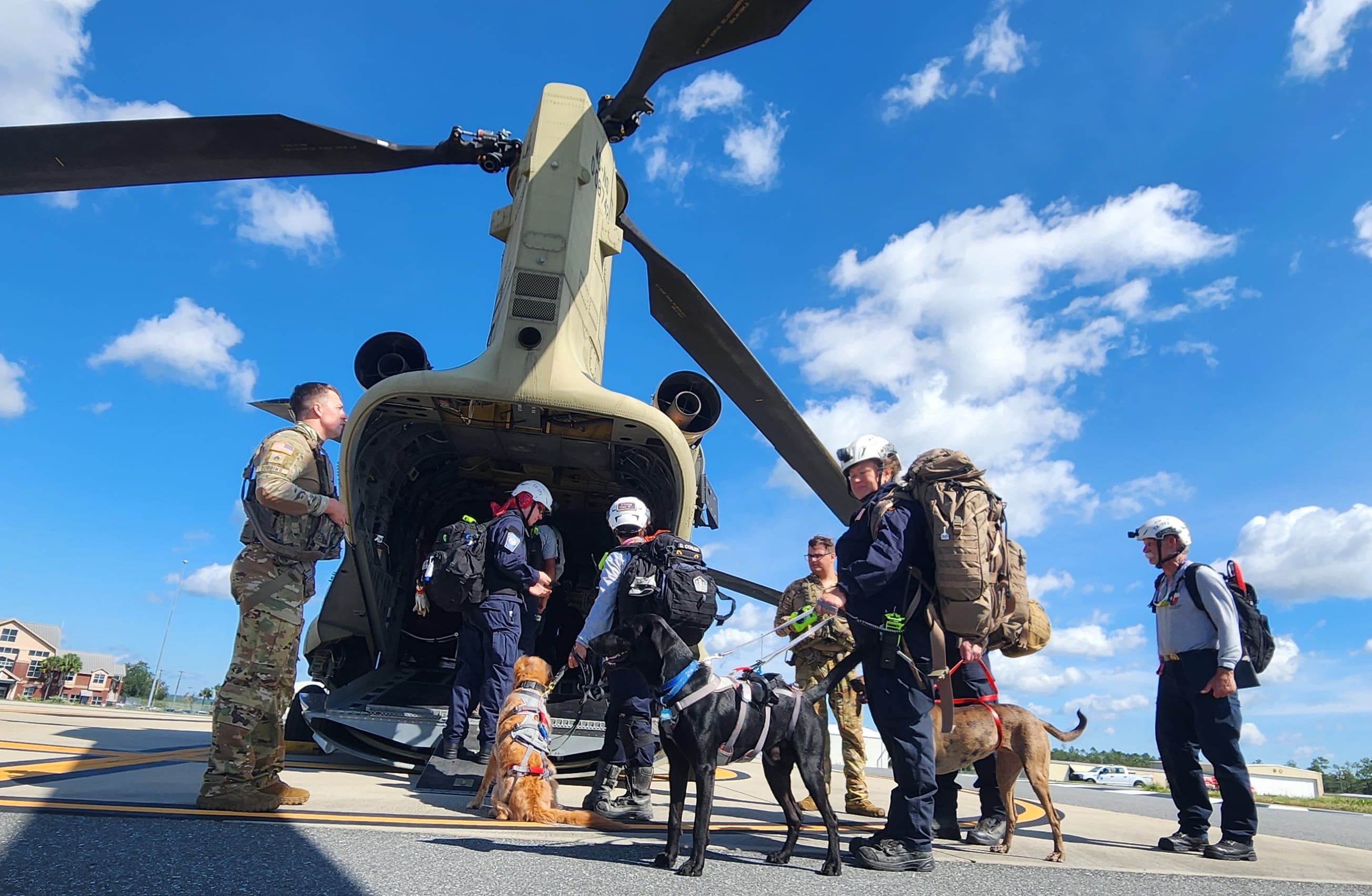Some places have them, most don't or rather they just make HPR duties an inherent part of 2nd line without explicitly tasking pers (or they just ignore it). The CA is most affected by HPR policy as the vast majority of their orders are automated via work order release and they all almost go from 1st line to 2nd line to 3rd line. Each of those creates its own PREQ and STO that are not linked (changes made to WO, or orders lower have no affect on the higher level order same as your example below). While not all work orders are high priority, it takes some knowledge to be able to find your HPRs that were automatically generated and attach the proper paperwork
The min/max is set in the Materiel Master Record under the MRP1 tab. I would be surprised they get a notification, there is no standard functionality in SAP/DRMIS for that. They could have created a bespoke ABAP (SAP programming language) query that does that but highly doubtful we are that smart. They can of course manually look at changes people make but it isn't easy.
The deployed server creates a lot of work, but that reaching to 2nd line happens for everyone becasue of how we set up the system. We set DRMIS to do auto STO which means a PREQ is automatically converted to a STO at every level a demand is needed. Once the next level is generated it never refers back to the original PREQ or STO. That is why any changes at the unit level have to be manually made at the 2nd/3rd line level as well. SAP standard is to only convert a PREQ to a STO when it is going to be fulfilled and any changes to a PREQ at the unit level adjust all other related orders. Plus at the 2nd and 3rd line it will combine quantities so they deal with 1 order rather than 10. It is being looked at for implementation, but it significanty slowed by the fact most senior folks it goes through don't have enough knowledge on the system to understand what a game changer it can be.
MISL will solve none of this as it is focused on pulling in 3 bespoke systems (AIMS, FMS, NMDS) and upgrading our warehouse managenment module to enhanced warehouse mananegent. The auto STO and other MRP issues reside in the core componment of DRMIS and that is not changing




